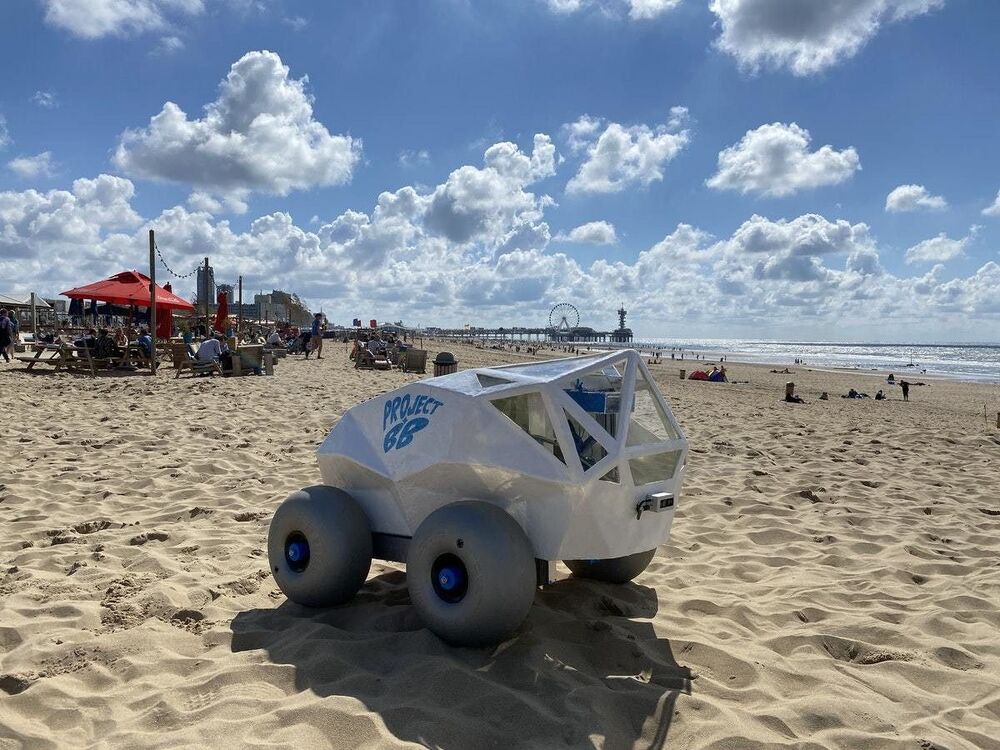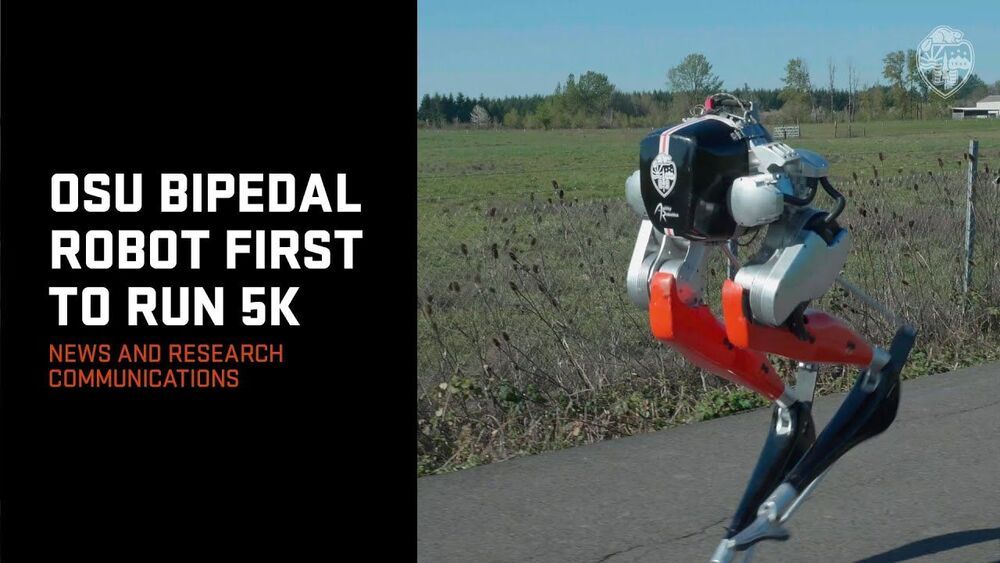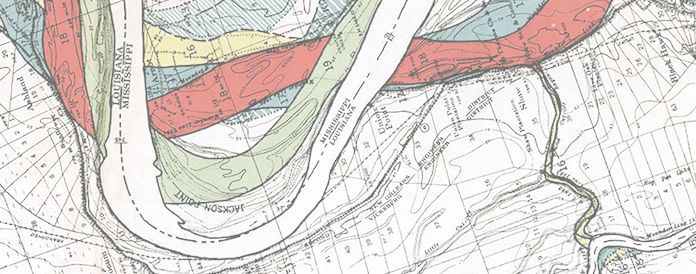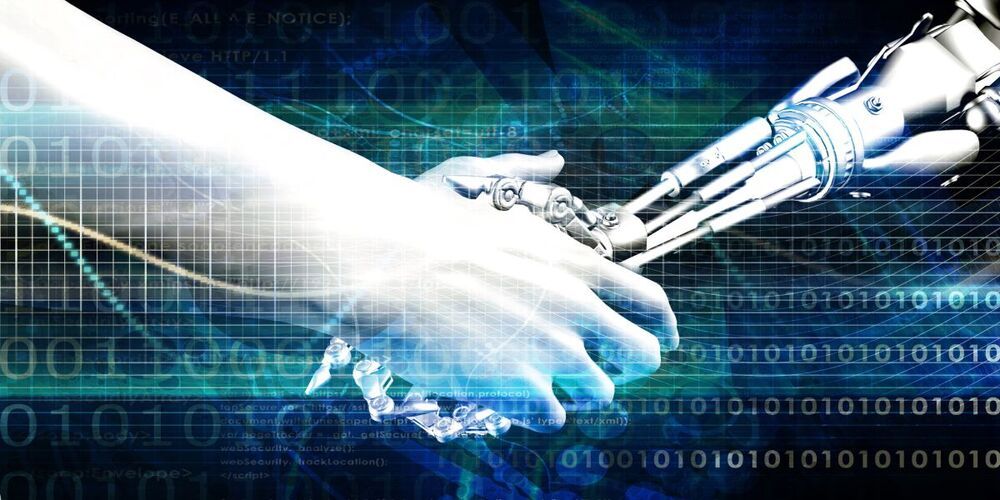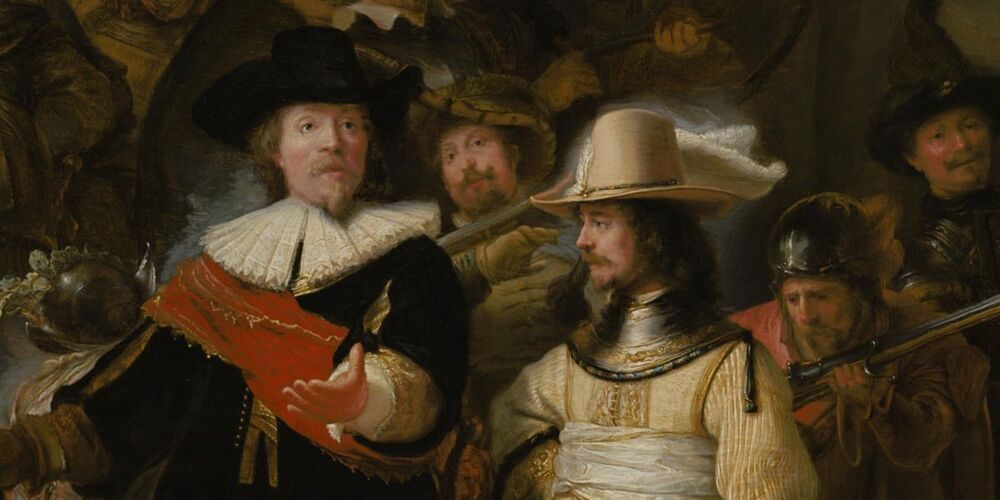Cigarette butts are a common type of litter for marine environments but AI-powered robot litter pickers could be the solution.
It seems many people leave behind more than just sandcastles when they go home after a trip to the beach. Beach litter is a recurring issue, and it is damaging our coastal environments and wildlife.
And there is one small item that is causing a big problem: cigarette butts. They may only be a few centimetres long, but they are full of microplastics and toxic chemicals that harm the marine environment. They don’t easily decompose, and when they come into contact with the water, harmful substances can leach out.
Unfortunately, they are also the most common type of litter, with an estimated 4.5 trillion discarded annually.
